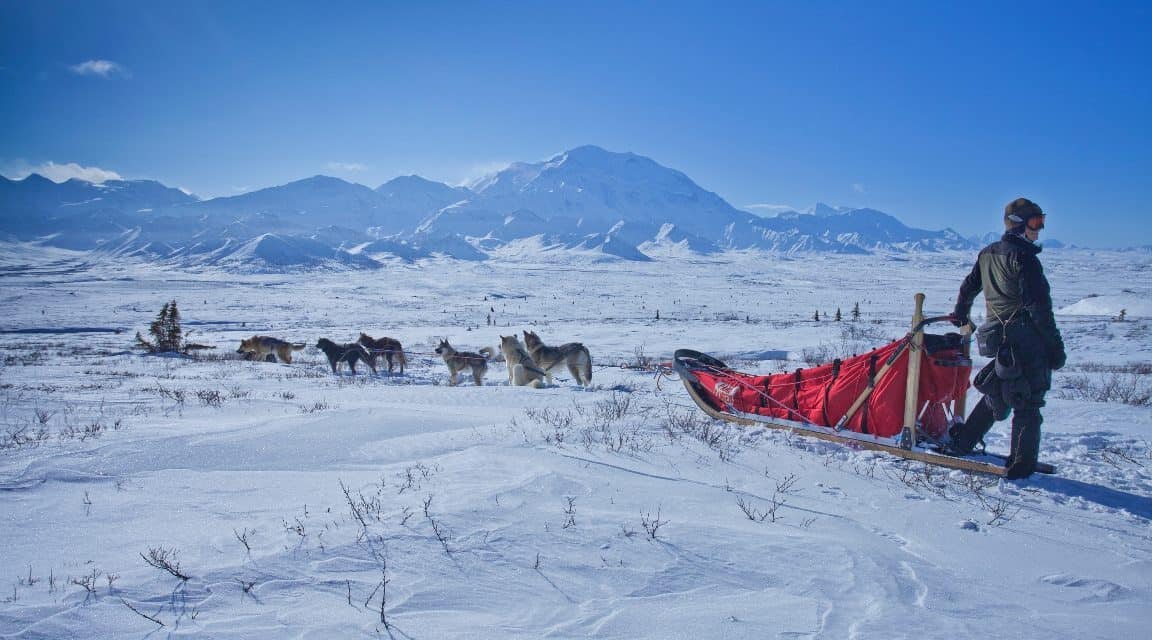Alaska is a famous destination for travelers who want to view the magnificent Northern Lights. When we think about this state, we often think of a lot of snow and freezing temperatures. However, there is a city within Alaska with the best weather, with summer temperatures climbing to 50 degrees!
The city in Alaska with the best weather is Sitka. Located southeast within the state, Sitka is known for more moderate temperatures than the northern part, which has arctic temperatures.
Alaska is recognized to be the coldest state in the country. But Sitka is a city with tolerable summers. So if you’re planning to travel to Sitka, let’s cover what the annual temperatures are.
What is the Temperature Like in Sitka, Alaska?
According to the Köppen-Geiger climate classification, Sitka has an oceanic climate. Oceanic climate means you can expect the temperatures to fluctuate but not drastically change, the summers are cool, and although the winters are cold, they are not freezing.
The table below from Climate Data is essential for learning about the different year-round temperatures in the city:
| Months | March (Spring) | June (Summer) | September (Fall) | December (Winter) |
| Average Temperature(F) | 29.4 | 49.5 | 48.8 | 29.6 |
The location allows this cold state to have a city with surprisingly moderate temperatures. But because of Sitka’s mild summers, you may wonder if the city deals with heavy snowfalls.
How Much Snow Does Sitka Get a Year?
When traveling to Alaska, be prepared to bring winter gear. Although Sitka is the warmest place in the state, this city still receives snow during the winter season.
If you want to visit Sitka, having a heads up about the winter can help you plan what month is best for you. Each month is different and will bring other weather conditions. But in general, here is what you should know about Sitka’s snowy months:
- January is noted to have the most snowfall: On average, you can expect 10 inches of snow during the month.
- Snowfall does not happen during the summer: In general, Sitka experiences summer without snow, which is a relief to those who are not fans of the winter.
- The snow typically begins in October: The first sight of snow happens in October, with .3 inches being the average amount of snow.
- Sitka is known to have the least amount of snow compared to sister cities: Valdez, a city in Alaska, averages 300 inches of snow yearly. Valdez is significantly more than Sitka, which gets roughly over 30 inches of snow annually.
- Rain is more frequent than snow in the city: This city has more days filled with rain than snow due to the oceanic climate.
To avoid getting stuck at home in the snow, you’ll need a good snow shovel.
Snow isn’t as common in Sitka as people may imagine it to be. That’s what makes Sitka the best weather in Alaska. As mentioned above, this city encounters a significant amount of rain. Let’s review how much rain the city receives.
How Much Precipitation Does Sitka Get?
As mentioned previously, snow is not as common as rain in Sitka. However, rain is plentiful year-round, and some months have more rainfalls than others.
On average, Sitka gets 90 inches of rain annually. October brings in the most precipitation, around 13 inches. Although June to August is considered the driest season, those months still have rain with an average of 3 to 5 inches monthly.
Although there is a lot of rainfall, hurricanes do not happen despite Sitka being beside the Pacific Ocean. So besides the rain, the last weather condition that you should know about is earthquakes.
Does Sitka Have Earthquakes?
Earthquakes are common in Alaska. However, as a visitor who lives in an area that does not experience earth tremors, it can be startling when one happens. Therefore, it’s crucial for your safety to know how common earthquakes are and more about Sitka’s history.
Let’s cover some facts about earthquakes in Alaska:
- Alaska has the most earthquakes in the U.S: Although California is notorious for earthquakes, Alaska has many earthquakes that have caused severe damage.
- An earthquake in Alaska can be detected every fifteen minutes: This is because of the location of the state. Since it is beside the Pacific Ocean, tectonic plates constantly push against Alaska underneath the water.
- Earthquakes that begin to be felt have a magnitude of 5: This means minor damage is caused. However, any earthquakes with a magnitude of 6 or higher can cause significant damage.
- Buildings in Alaska are designed to withstand earthquakes: Since the major earthquake in 1964 in southern Alaska, there is more caution where facilities are developed.
Keep in mind these earthquakes have also been gateways to tsunamis. Because Sitka has experienced tsunamis, it’s vital to be informed about earthquakes and their effects in this state. Unfortunately, since earthquakes are constant in Alaska and unpredictable, the entire state experiences earthquakes, Sitka included.
Conclusion
Alaska is a state with various weather conditions depending on the location. While each city is unique, Sitka has the best summer climate and winters that are tolerable in the entire state. So, whether you plan a trip or move to Alaska, consider Sitka the next destination on your list.



